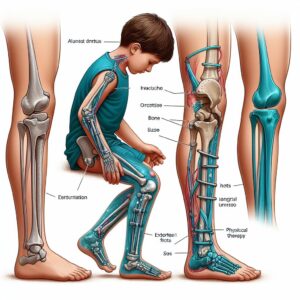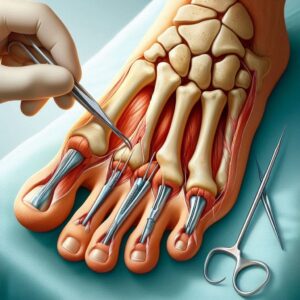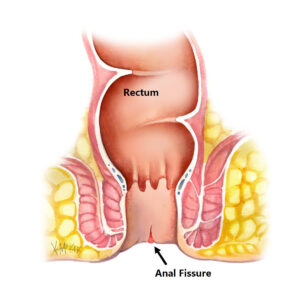4,000.00$
4,000.00$
Embark on a transformative journey with our exceptional range of medical treatments. As a leading medical tour operator, we offer a comprehensive selection of world-class treatments and procedures to address your unique healthcare needs. From advanced surgeries to cutting-edge therapies, our team of experienced professionals is dedicated to providing top-notch care and ensuring your comfort and satisfaction. Discover a new level of healthcare excellence with our tailored treatment options. Book now to start your journey towards a healthier and happier you.
Invisible aligners, also known as clear aligners, are a type of orthodontic treatment that uses custom-made, clear plastic trays to gradually shift teeth into the desired position. These aligners are nearly invisible when worn, providing a discreet alternative to traditional braces.
The procedure for invisible aligners typically involves the following steps:
Invisible aligners are suitable for individuals with mild to moderate orthodontic issues, such as crowding, spacing, or minor bite misalignments. They are often preferred by individuals who desire a more discreet and removable treatment option.
Invisible aligners may not be suitable for individuals with severe orthodontic problems that require more extensive tooth movement. Additionally, individuals who are unable to commit to wearing the aligners for the recommended duration each day or who have difficulty following the treatment plan may not be good candidates.
Before starting treatment with invisible aligners, patients should undergo a comprehensive evaluation by an orthodontist to determine if they are suitable candidates. This evaluation may include a thorough examination of the teeth and jaw, as well as discussions about treatment goals and expectations.
After completing treatment with invisible aligners, patients may be required to wear retainers to maintain the results. Regular dental check-ups are also recommended to monitor the stability of the teeth and ensure proper oral health.
| Country | |
|---|---|
| City | |
| Hotel | |
| Visa | |
| Translator | |
| Transfer | |
| Stay at Hospital | |
| Language | |
| Insurance | |
| Stay at Hotel | |
| City Tour |
Only logged in customers who have purchased this product may leave a review.






Reviews
There are no reviews yet.